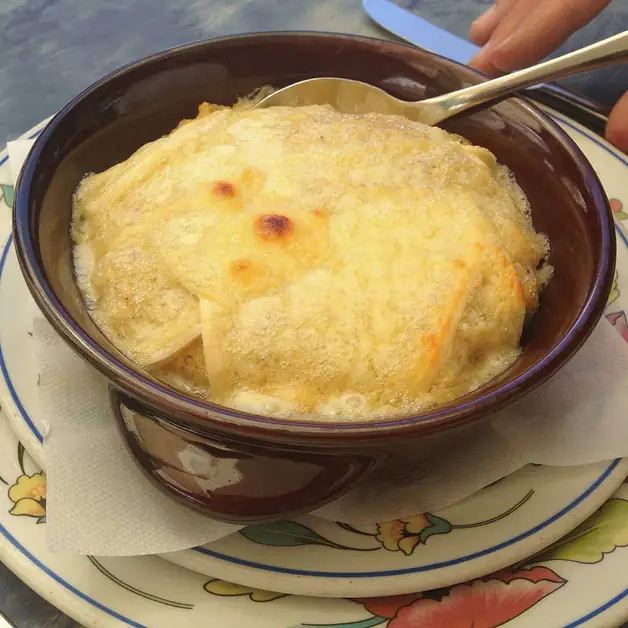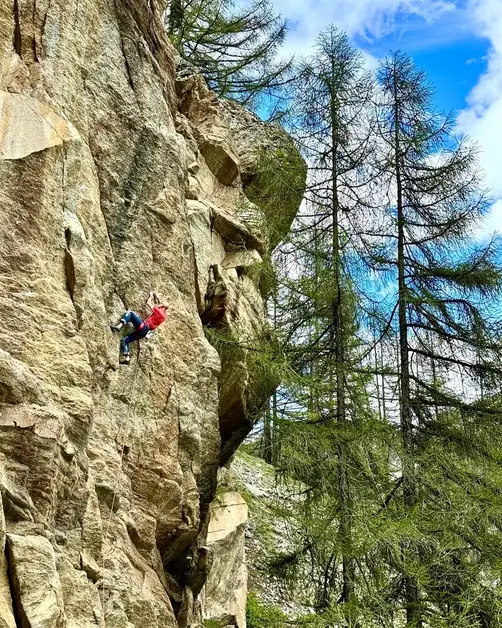Polenta concia a rich and traditional dish
Polenta concia is a rich and traditional dish from the Alps.

What is polenta concia?
Polenta concia is a typical dish from the Alps, widespread in Aosta Valley and in various areas of Piedmont and Lombardy. It is a polenta enriched with abundant local cheeses and butter, making it creamy, hearty, and very tasty. Depending on the valleys, it changes name: it is also called polenta uncia, polenta taragna, or polenta cunsada, but the substance remains the same.
Why is it called "concia"?
The term "concia" derives from the fact that the polenta is "conciata," meaning enriched with ingredients that give it more flavor. It is not the simple yellow corn polenta, but a richer version designed to provide energy during the cold mountain days. The result is a caloric dish, perfect to enjoy in mountain huts, lodges, and alpine agritourisms.
What ingredients are needed to prepare polenta concia?
The main ingredients are: corn flour, sometimes mixed with whole grain or buckwheat flour; water and salt, for the basic cooking of the polenta; mountain butter, often melted and drizzled; local cheeses, such as fontina valdostana DOP, toma, bettelmat, or other Alpine cheeses. In some versions, cream or milk is added to achieve an even creamier consistency.
What is the difference between simple polenta and polenta concia?
The main difference lies in the richness of the seasoning. Traditional polenta is made only with corn flour, water, and salt, sometimes served as a side dish for meat, fish, or cheeses. Polenta concia, on the other hand, is already a complete dish: it contains butter and melted cheeses, transforming it into a nutritious and hearty meal.
What is polenta taragna?
Polenta taragna is a variant particularly widespread in Valtellina and the Bergamasque valleys. The name comes from the dialectal verb "tarare," which means to mix with a wooden stick during cooking. It is prepared with corn flour and buckwheat flour, giving it a darker color and a rustic flavor. Again, it is enriched with butter and local cheeses.
What does polenta uncia mean?
Polenta uncia is typical of the Lake Como area and the Lombard Prealps. It is prepared with corn and buckwheat flour, butter, garlic, and mountain cheeses. Its taste is more pronounced, thanks to the presence of garlic and the mixture of flours. It is a historical recipe, born as a dish for farmers and shepherds.
What is polenta cunsada?
In some areas of Piedmont and Aosta Valley, polenta concia is called "cunsada." The term literally means "seasoned." In this case, it is also polenta enriched with butter and cheeses, served hot and gooey in large copper pots.
Where can you eat polenta concia in Aosta Valley?
In Aosta Valley, it is one of the most common dishes in typical restaurants and mountain huts. It is present on the menus of agritourisms, lodges, and village festivals. Some locations where it is often found are: Cogne, during festivals dedicated to alpine cuisine, Courmayeur and La Thuile, in winter lodges, Aosta and surroundings, in traditional restaurants.
Why is polenta concia so loved by tourists?
Because it represents the essence of alpine cuisine: few ingredients, lots of flavor, and a strong connection to tradition. It is a dish that warms on cold mountain days and tells the story of alpine communities. Many tourists associate it with the pleasure of a lunch in a hut, in front of the fireplace, after a day of skiing or hiking.
How much does a portion of polenta concia cost in Aosta Valley restaurants?
The price varies depending on the establishment, but on average a portion costs between 8 and 12 euros. It is often offered as a single dish, accompanied by a glass of Aosta Valley wine or a platter of cold cuts. In some festivals and village events, polenta concia is served at popular prices, as a symbol of conviviality.
Is it possible to prepare polenta concia at home?
Yes, and it is also simple. Just cook the polenta by mixing corn flour (and buckwheat if you want a taragna version) with water and salt. At the end of cooking, add butter and diced Aosta Valley cheeses, which melt into a creamy mixture. The secret is to use quality local products, which really make a difference.
What wines pair well with polenta concia?
Aosta Valley wines are perfect for accompanying polenta concia. Among the most suitable are: Fumin, a full-bodied red, Torrette, harmonious and fragrant, and Petite Arvine, a fresh and mineral white. The wine-food pairing makes the experience even more authentic.




